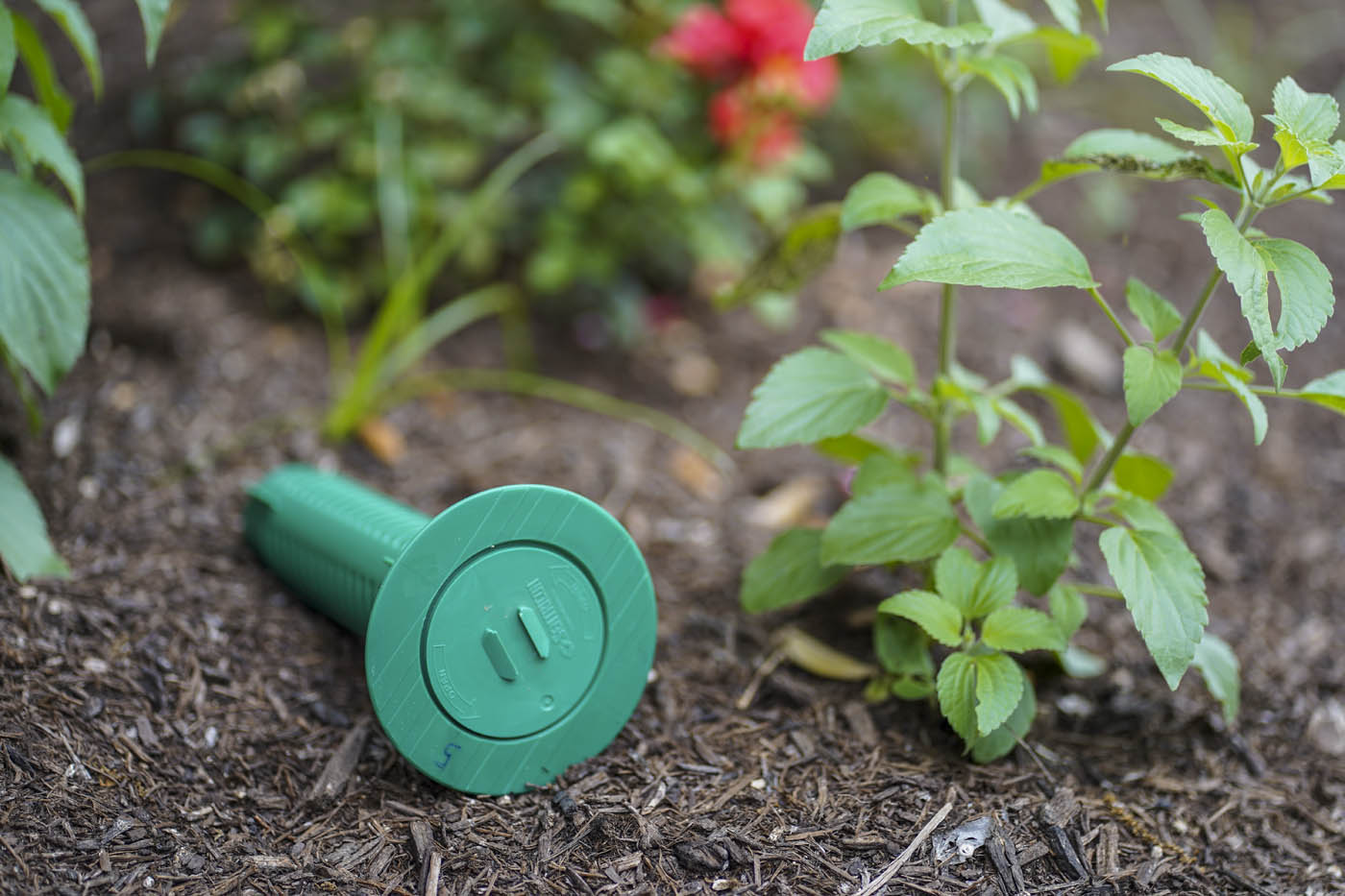The Spider That Looks Like a Disco Ball
July 7, 2017
The Spider That Looks Like a Disco Ball I certainly never expected to come across a spider that could double for a disco ball, but it seems Australia is home to a lot of insects that seem like they could only exist in fantasy novels. The mirror spider, also known as the sequined spider
The Spider That Looks Like a Disco Ball
I certainly never expected to come across a spider that could double for a disco ball, but it seems Australia is home to a lot of insects that seem like they could only exist in fantasy novels. The mirror spider, also known as the sequined spider, is one of these strange fantastical creatures that sound like it came straight out of Harry Potter book. Prepare to have your mind officially blown.
Mirror spiders have bulbous abdomens that appear to be covered in tiny mirrors, kind of like a disco ball made out of many small mirrors instead of one big one. You would think this flashy exterior would make these spiders easy targets for predators. However, when confronted by a predator these spiders will contract the muscles on its abdomen, widening the scattered mirror-looking spots until they cover their entire body and form a tight mass. Rather than making the spider easier for predators to spot, the reflective spots scatter light, and actually provide camouflage, making them very difficult for predators to differentiate them from their surroundings. Depending on their surroundings, the spider's plates can make them appear to be water droplets on green vegetation, with any colored parts exposed resembling flower parts. This effectively makes them invisible to predators.
Scientists have not been able to identify exactly what these reflective plates are made of. However, they have been able to surmise from studying their cousins that these shimmery spots are most likely crystal-like deposits made up of guanine. Guanine is the waste leftovers of their gut cells, which are located underneath the translucent skin covering the spider's abdomen. Basically, it's kind of like the poop that these cells expel gets deposited all over their body and forms a poopy crust that sticks to their skin. Thankfully, they appear shimmery and help camouflage the spider rather than covering them in a brown, smelly substance, which would probably attract predators instead of fooling them.
Have you ever spotted a spider or other insect that has similar shimmery skin? What do you think it's purpose is?




